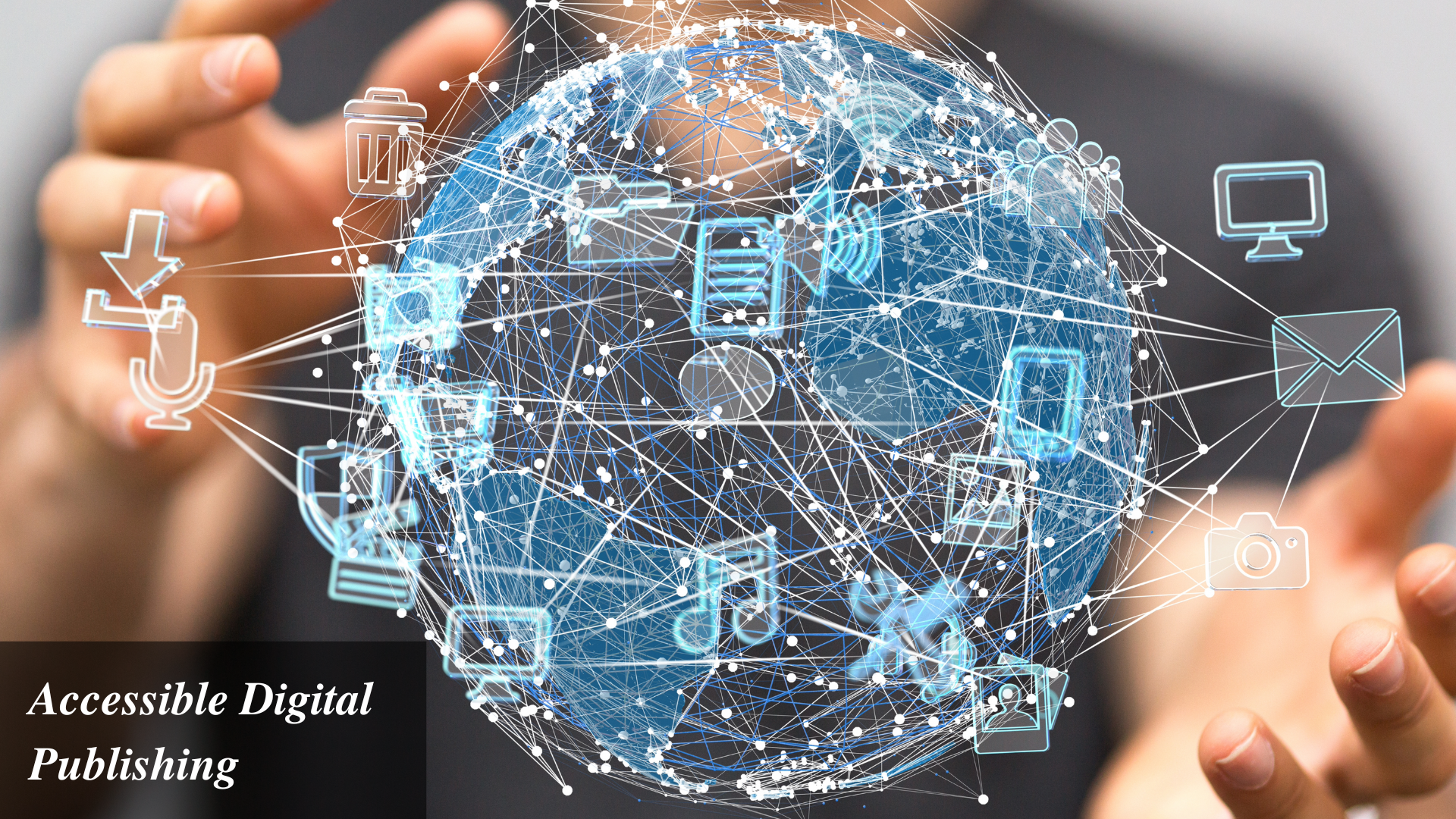In today's digital world, accessibility is not just a buzzword; it’s a fundamental requirement that ensures everyone, regardless of their abilities, can access and benefit from content. As digital publishing continues to expand, making content accessible is crucial for reaching a broader audience, complying with legal standards, and promoting inclusivity. At SOFTWIN, we understand the importance of accessibility in digital publishing and are committed to ensuring our ePub, HTML5, and PDF formats meet global accessibility standards.
The Importance of Accessibility
1. Inclusivity: Accessibility in digital publishing ensures inclusivity by providing equal access to information for all users, including those with disabilities. This means designing content that can be easily navigated and understood by individuals with visual, auditory, cognitive, or physical impairments.
2. Legal Compliance: Many countries have enacted laws and regulations requiring digital content to be accessible. Compliance with standards like the Web Content Accessibility Guidelines (WCAG) helps organizations avoid legal repercussions and ensures that their content is universally available.
3. Improved User Experience: Accessible content enhances the overall user experience for everyone, not just those with disabilities. Features like text resizing, screen reader compatibility, and clear navigation improve usability, making content easier to read and interact with.
4. Broader Audience Reach: By making content accessible, publishers can reach a wider audience, including the elderly, non-native speakers, and individuals with temporary disabilities. Accessibility ensures that no one is left out and that valuable information is available to all.
How Softwin Ensures Accessibility
At SOFTWIN, we prioritize accessibility in all our digital publishing solutions. Here are the steps we take to ensure our ePub, HTML5, and PDF formats meet global accessibility standards:
1. Adhering to WCAG Guidelines: We follow the Web Content Accessibility Guidelines (WCAG) to ensure our digital content is accessible to people with disabilities. This includes providing text alternatives for non-text content, ensuring content is easily navigable, and designing pages that are perceivable, operable, understandable, and robust.
2. Text Resizing and Adjustability: Our ePub and HTML5 formats support text resizing, allowing users to adjust the text size for better readability. This is crucial for individuals with visual impairments who need larger fonts to read comfortably.
3. Compatibility with Screen Readers: We ensure that our digital content is fully navigable using screen readers. This involves providing descriptive alt text for images, using semantic HTML5 markup, and structuring content logically so that screen readers can interpret it accurately.
4. Interactive Features: For PDF formats, we incorporate interactive elements such as hyperlinks in a way that maintains accessibility.
5. Regular Accessibility Testing: We conduct accessibility verification using validation tools. These tools help us identify and rectify issues that might prevent users with disabilities from accessing our content, ensuring compliance with accessibility standards.
Conclusion
Accessibility is a critical aspect of digital publishing that ensures content is inclusive, legally compliant, and user-friendly. At SOFTWIN, we are dedicated to creating accessible digital content that meets global standards and enhances the user experience for all.
By prioritizing accessibility, publishers can reach a broader audience, improve user satisfaction, and contribute to a more inclusive digital world. Let SOFTWIN help you create content that is accessible to everyone, ensuring that your message is heard loud and clear by all.
